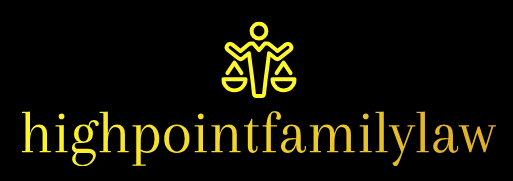Navigating the Legal Landscape: A Deep Dive into the United States Code
Introduction
Understanding the United States Code (USC) is essential for anyone involved in law, policymaking, or simply wanting to comprehend the intricacies of the American legal system. Encompassing a vast array of statutes and regulations, the USC serves as the cornerstone of federal law, providing a framework for governance across diverse areas. Delving into its depths requires patience, diligence, and a keen eye for detail.
Unraveling the Structure
The USC is organized into titles, each representing a broad subject area. From Title 1, which covers general provisions, to Title 54, focusing on the National Park Service and related programs, the USC spans a wide spectrum of topics. Within each title, sections further delineate specific laws, delineating rights, responsibilities, and procedures.
Deciphering Legal Jargon
Legal terminology can be daunting, but deciphering it is crucial for understanding the USC. Terms like “jurisdiction,” “precedent,” and “injunction” hold specific meanings within the legal context, shaping the interpretation and application of statutes. Consulting legal dictionaries and seeking guidance from experts can aid in unraveling the intricacies of legal language.
Tracing Legislative History
Behind every statute lies a rich tapestry of legislative history, reflecting the evolution of laws over time. Examining congressional debates, committee reports, and presidential statements provides insights into the intent behind legislative actions, shedding light on the rationale for enacting specific provisions within the USC.
Analyzing Case Law
The interpretation of statutes often hinges on precedent established through case law. Court decisions, ranging from landmark Supreme Court rulings to lower federal and state court judgments, shape the application and interpretation of USC provisions. Analyzing relevant case law is integral to understanding how statutes are applied in practice.
Navigating Regulatory Agencies
Federal agencies play a vital role in implementing and enforcing USC provisions. From the Environmental Protection Agency (EPA) to the Securities and Exchange Commission (SEC), these agencies promulgate regulations, issue guidance, and adjudicate disputes within their respective domains. Understanding agency authority and regulatory processes is essential for comprehending the USC’s practical implications.
Exploring Cross-References
Navigating the USC often involves tracing cross-references between different titles and sections. A provision in one title may reference another statute elsewhere in the USC, creating a web of interconnectedness. Following these cross-references is critical for gaining a holistic understanding of the legal framework and identifying relevant provisions applicable to specific scenarios.
Interpreting Statutory Construction
Statutory construction principles guide courts in interpreting USC provisions, clarifying ambiguous language and resolving disputes over statutory interpretation. Canons of construction, legislative history, and contextual analysis all inform the judicial process of discerning legislative intent and applying statutes in accordance with their underlying purpose.
Considering Constitutional Implications
The USC operates within the framework of the U.S. Constitution, which serves as the supreme law of the land. Statutes must conform to constitutional principles, and courts serve as guardians of constitutional rights, striking down laws that violate fundamental liberties or exceed congressional authority. Understanding constitutional constraints is essential for assessing the validity and scope of USC provisions.
Embracing Lifelong Learning
Mastering the USC is a journey rather than a destination. The legal landscape is constantly evolving, with new statutes enacted, precedents established, and societal norms shifting. Embracing lifelong learning, staying abreast of legal developments, and engaging with legal communities foster a deeper understanding of the USC and its role in shaping American society.
Conclusion
As we navigate the complexities of the United States Code, we embark on a journey of discovery, interpretation, and application. From unraveling statutory language to tracing legislative history and analyzing case law, delving into the USC requires diligence, dedication, and a commitment to lifelong learning. By understanding the USC, we gain insights into the legal framework underpinning our democracy and empower ourselves to navigate the intricacies of the law with confidence and clarity. Read more about united states code










